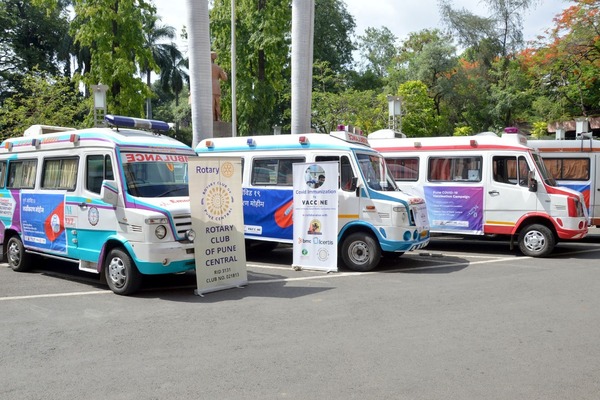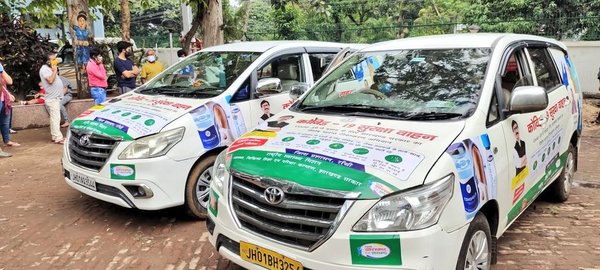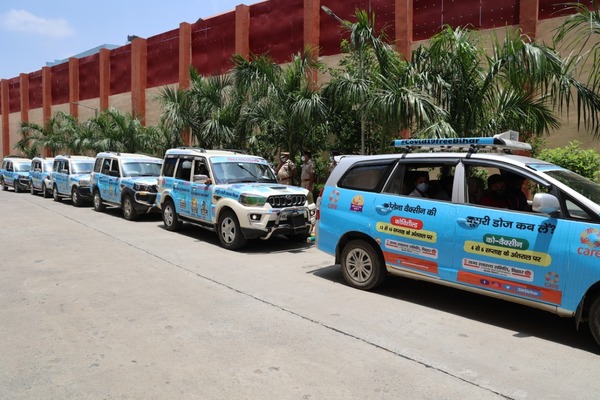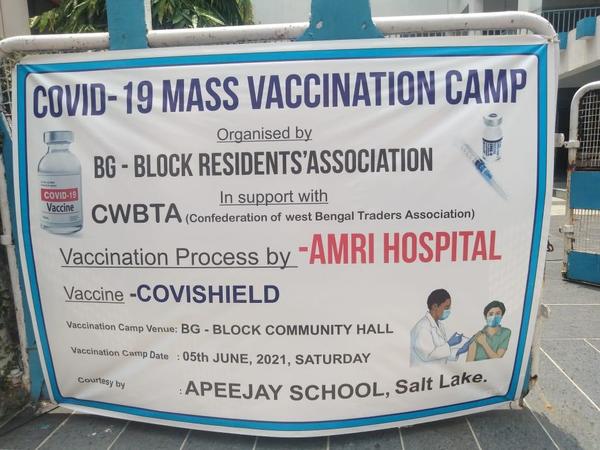Sakshi Chomwal & Sidharth Rath
Hailed as the world’s largest vaccination programme and stumbling with policy missteps in procurement and distribution, India’s COVID-19 vaccination programme’s progress lies primarily on the shoulders of millions of frontline health workers across the country.
India’s sheer size, complexity, and problems of lack of access to technology and even literacy among large populations has affected an equitable rollout of the vaccination programme. A centralised, smartphone-app/ web portal led registration approach has been widely criticised. Urban, digital savvy users armed with scripts & telegram bots take up the vaccine slots while many struggle without access to a smartphone. Prime Minister Narendra’s Modi announcement on 7 June to centralise the procurement of vaccines, in a policy reversal, takes a large burden off the shoulders’ of the states.
However, ensuring the shots reach everyone’s arms is a herculean task in a country as diverse as India. India’s vaccination programme is led by primary health centres (PHCs), community health centres (CHCs), district and public hospitals, other public designated vaccination sites, as well as private centres enlisted in the programme. As concerns grow over exposure to COVID-19 at crowded vaccination sites, the inconvenience or inability of various groups to make it to the centres, and India needs to cover populations in remote areas – state and local governments are trying out various ways to take the shots to the last mile.
‘Vaccine on wheels’
Pune has flagged off the ‘vaccine on wheels’ initiative to ensure that priority groups such as immuno-suppressed individuals and persons with disabilities receive their jab. In a similar way, many urban bodies such as the Vasai/ Virar Municipal Corporation, Thane Municipal Corporation, Kolkata Municipal Corporation have launched the vaccine on wheels program.

Pune has flagged off the ‘vaccine on wheels’ initiative to ensure that priority groups such as immuno-suppressed individuals, and persons with disabilities receive their jab. In a similar way, many urban bodies such as the Thane Municipal Corporation and the Kolkata Municipal Corporation have launched the mobile vaccination programmes.
Ranchi has kickstarted mobile vans, ‘Mobivax’ units on a pilot basis to vaccinate people belonging to the age group of 45+ and those who face problems going to session sites.

Reaching the Unreached

Bihar’s ‘Tika Express’ is taking vaccines to the remote areas of the state to cover vulnerable populations not adequately served by the current session sites.
Vaccination teams are afoot in the Anantnag district of J&K to vaccinate the nomadic communities of Gujjars and Bakarwals.
The Fast Lane

To combat the fear of exposure among individuals, many cities have set up drive-in vaccination facilities enabling people to get the vaccine quickly from the comfort of their cars. Such facilities are already available in Mumbai, Noida, Delhi, Gurugram, Bhopal, Bhubaneswar and Kolkata.
Private Camps

Several housing societies in the country have been running vaccination camps in their respective societies for the ease of the residents. Housing societies across the country have been partnering up with private hospitals to inoculate hundreds of residents in each camp.
Racing to execute the world’s largest vaccination programme is a daunting task for frontline workers and policymakers. India’s COVID response is a story of millions of health workers, volunteers, committed individuals and organisations braving the odds to help people in cities and villages, young and old, and across the length and breadth of the country.

